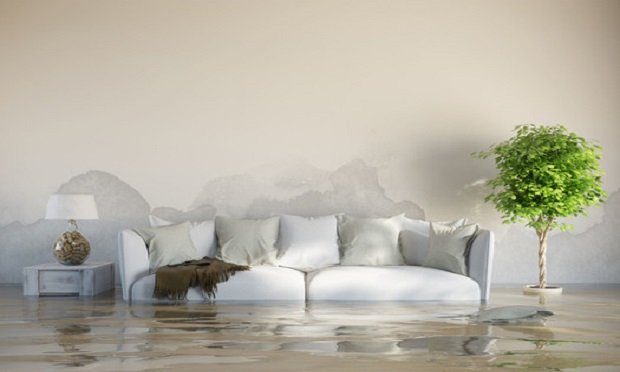 Restoring water damaged and contaminated soft contents can seem impossible. Yet, with today's cleaning technologies, these sentimental items can often be restored to their pre-loss condition. (Photo: Shutterstock)
Restoring water damaged and contaminated soft contents can seem impossible. Yet, with today's cleaning technologies, these sentimental items can often be restored to their pre-loss condition. (Photo: Shutterstock)
As the restoration industry changes, as adjusters and carriers look for ways to elevate customer satisfaction rates but decrease overall claim costs, restoration companies that embrace and implement technology and add specialized services are taking the lead in this highly competitive marketplace.
Recommended For You
Want to continue reading?
Become a Free PropertyCasualty360 Digital Reader
Your access to unlimited PropertyCasualty360 content isn’t changing.
Once you are an ALM digital member, you’ll receive:
- Breaking insurance news and analysis, on-site and via our newsletters and custom alerts
- Weekly Insurance Speak podcast featuring exclusive interviews with industry leaders
- Educational webcasts, white papers, and ebooks from industry thought leaders
- Critical converage of the employee benefits and financial advisory markets on our other ALM sites, BenefitsPRO and ThinkAdvisor
Already have an account? Sign In Now
© Touchpoint Markets, All Rights Reserved. Request academic re-use from www.copyright.com. All other uses, submit a request to [email protected]. For more inforrmation visit Asset & Logo Licensing.







